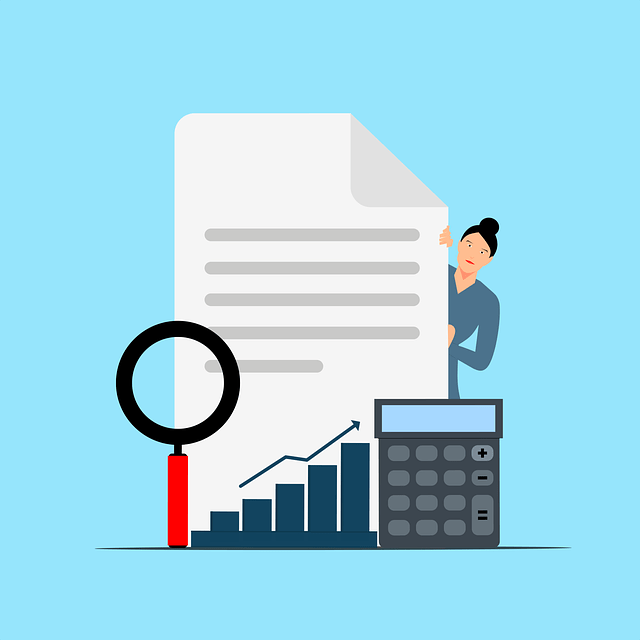Backflush Accounting is a simplified inventory costing method where the cost of goods sold (COGS) and inventory values are calculated based on the production activity rather than individual component transactions. This approach is often used in lean manufacturing environments to streamline accounting processes and reduce administrative overhead.
Table of Contents
How Backflush Accounting Works
In backflush accounting, costs are only recorded at key stages of the production process, such as the completion of a finished product or assembly of components into a final product. This method assumes that all raw materials used in production are consumed at these critical points, simplifying the tracking of inventory and cost of goods sold.
Example of Backflush Accounting
For example, a furniture manufacturer adopts backflush accounting for its production process. When a batch of tables is completed and ready for sale, the manufacturer records the total production costs (including materials, labor, and overhead) directly against the finished goods inventory account and the cost of goods sold account. This simplifies accounting entries by avoiding the need to record each individual component or raw material used in the manufacturing process.
Importance of Backflush Accounting
Backflush Accounting offers several advantages:
- Simplicity: Reduces the complexity of accounting transactions by minimizing the number of entries required for tracking inventory and production costs.
- Efficiency: Streamlines the accounting process, saving time and reducing administrative costs associated with detailed inventory tracking.
- Cost Control: Provides insights into production costs at critical stages, helping management monitor and control expenses effectively.
Benefits of Backflush Accounting
- Inventory Management: Facilitates better inventory management by focusing on finished goods rather than individual components or materials.
- Cost Accuracy: Improves accuracy in cost calculations by aligning expenses directly with production milestones and completed products.
- Resource Optimization: Allows businesses to allocate resources more efficiently, focusing on value-added activities rather than administrative tasks.
Considerations for Backflush Accounting
- Production Variability: Ensure that production processes are stable and predictable to accurately apply backflush accounting without significant fluctuations.
- Periodic Adjustments: Periodically reconcile actual inventory levels with recorded values to ensure accuracy and compliance with accounting standards.
- Management Reporting: Use backflush accounting data to generate meaningful reports for decision-making purposes, such as cost analysis and profitability assessment.
Conclusion
In conclusion, Backflush Accounting offers a streamlined approach to inventory costing and management, particularly beneficial for organizations seeking efficiency and cost-effectiveness in production operations. By focusing on key production stages and simplifying accounting entries, businesses can enhance operational transparency, improve financial reporting accuracy, and optimize resource utilization.
Understanding the principles and applications of backflush accounting is essential for businesses adopting lean manufacturing practices or operating in dynamic production environments. This method not only supports cost control and inventory management but also contributes to overall operational efficiency and competitiveness in the market.
This explanation covers the definition, workings, examples, benefits, and considerations related to backflush accounting, aiming to provide a comprehensive understanding in easy-to-understand language.





